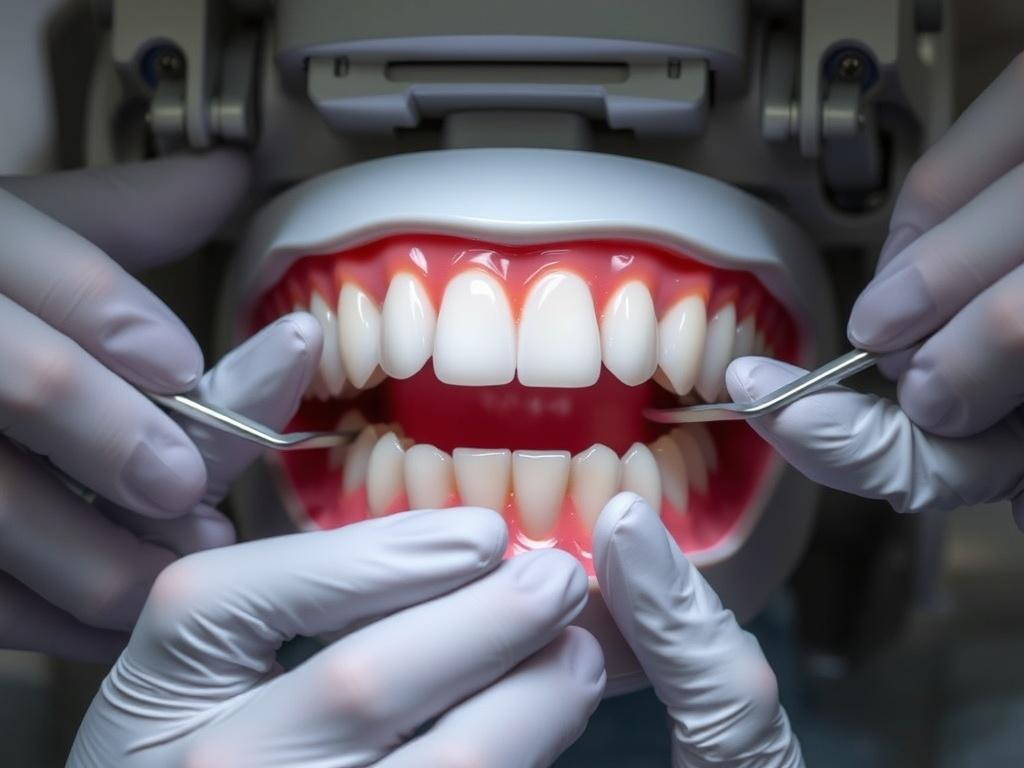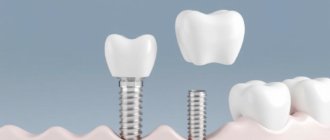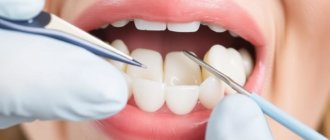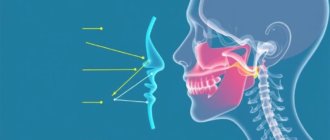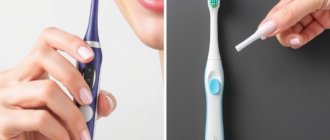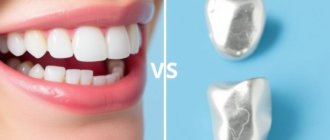Premature tooth loss in children can lead to more than just a gap in their smile. When a baby tooth is lost too early, it impacts the alignment and health of the permanent teeth that will come in later. This is where space maintainers come into play—a simple yet effective dental device designed to hold the space left behind and guide proper tooth development. In this article, we’ll explore everything you need to know about space maintainers for premature tooth loss, why they are important, the different types available, and how they help in ensuring a healthy, well-aligned smile for your child.
Содержание
- 1 What is Premature Tooth Loss?
- 2 Why Are Space Maintainers Important?
- 3 Types of Space Maintainers
- 4 How Are Space Maintainers Placed?
- 5 Caring for Space Maintainers
- 6 When Are Space Maintainers Usually Recommended?
- 7 Potential Problems Without Space Maintainers
- 8 How Long Does a Child Typically Need to Wear a Space Maintainer?
- 9 Are Space Maintainers Safe?
- 10 Cost and Insurance Considerations
- 11 Frequently Asked Questions About Space Maintainers
- 12 Tips for Parents to Support Their Child’s Space Maintainer Journey
- 13 Looking Ahead: The Role of Orthodontics After Space Maintenance
- 14 Innovations in Space Maintainers
- 15 Summary Table: Pros and Cons of Using Space Maintainers
- 16 Final Thoughts
What is Premature Tooth Loss?
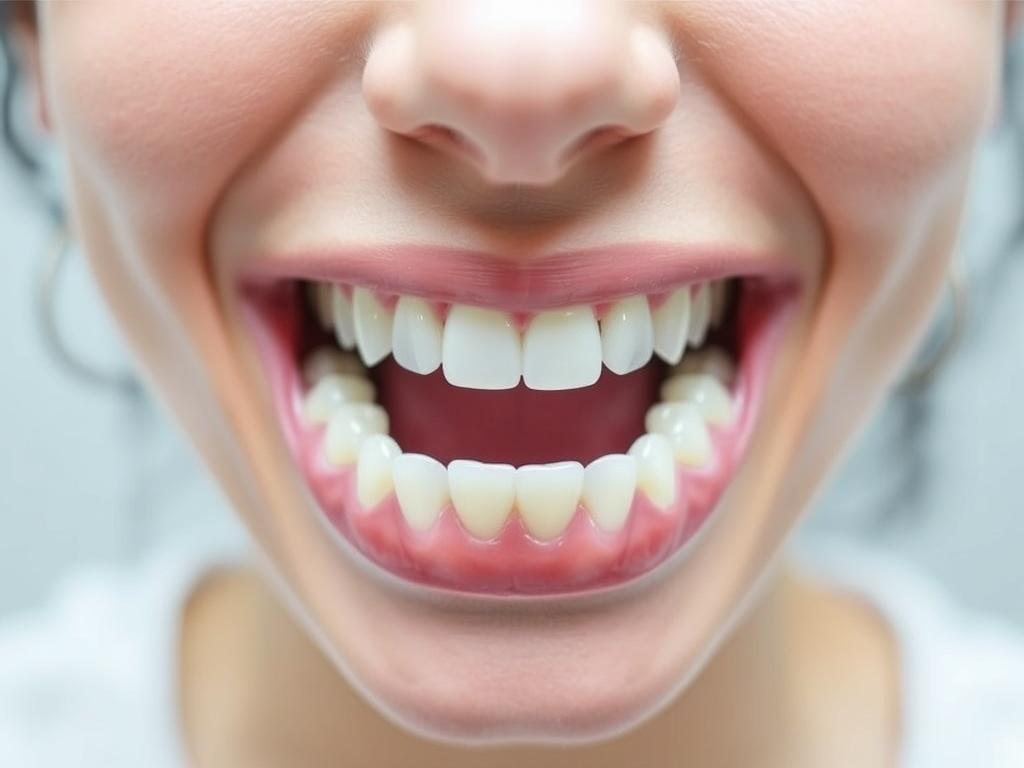
Before we can dive into space maintainers, it’s important to understand what premature tooth loss really means and why it occurs. Typically, baby teeth—also called primary teeth—fall out naturally to make way for permanent teeth around the age of 6 to 12 years. However, if a tooth is lost earlier than expected, whether due to trauma, decay, or dental disease, it’s considered premature tooth loss.
Losing a tooth before its natural shedding time can cause neighboring teeth to drift into the empty space, creating misalignment issues. This can not only affect the appearance of your child’s teeth but also complicate the eruption path of the adult teeth, leading to overcrowding or misaligned bites.
Why Are Space Maintainers Important?

Space maintainers play a crucial role in pediatric dentistry by preventing teeth from shifting into empty spaces left by premature tooth loss. Think of it this way: Your child’s mouth is like a puzzle where each tooth fits perfectly. When a piece is removed too soon, the surrounding pieces start to move, making it difficult for the new piece to fit correctly later on.
Dentists recommend space maintainers not only to preserve space but also to reduce the need for more extensive orthodontic treatment in the future. Early intervention can mean less expense, less discomfort, and fewer dental complications down the road. Moreover, maintaining the correct spacing aids in speech development, chewing efficiency, and overall oral health.
Types of Space Maintainers
Space maintainers come in various designs depending on a child’s specific needs. Here are the most common types used by pediatric dentists:
| Type | Description | Used For | Advantages | Disadvantages |
|---|---|---|---|---|
| Fixed Band and Loop | A metal band is cemented around an adjacent tooth, with a wire loop maintaining the space. | Used for single missing teeth in the back. | Stable, long-lasting, low maintenance. | May cause irritation; requires proper oral hygiene. |
| Distal Shoe | A metal appliance inserted under the gum to guide the eruption of the permanent tooth. | Primary molars lost before permanent first molar eruption. | Controls eruption path of permanent teeth. | More invasive; requires professional placement and follow-up. |
| Fixed Lingual Arch | A metal wire cemented on molars across the lower jaw’s tongue side. | Loss of lower teeth needing to maintain multiple spaces. | Maintains space bilaterally; excellent stability. | Can be uncomfortable initially; requires oral hygiene attention. |
| Removable Space Maintainers | Custom-made acrylic plates with artificial teeth that children can remove. | Useful for multiple missing teeth or when space maintenance is only temporary. | Easier to clean; aesthetic options available. | Relies on child compliance; can be lost or broken. |
How Are Space Maintainers Placed?
The process of placing a space maintainer varies depending on the type, but it generally starts with a dental examination, including X-rays to determine the status of the developing permanent teeth. For fixed space maintainers such as the band and loop or distal shoe, a dentist first prepares the adjacent teeth by cleaning and possibly shaping them to fit the metal bands snugly.
Impressions of the child’s teeth are taken to create a custom appliance that fits perfectly. Once ready, the device is cemented in place, and the dentist will provide detailed instructions on how to care for it. Removable space maintainers may be tried on initially to ensure comfort and correct fit.
Regular follow-ups are necessary to monitor the space maintainer, check for any issues, and assess the eruption progress of the permanent teeth. This ensures that the device is working as intended and allows the dentist to make timely adjustments or remove the appliance when it’s time.
Caring for Space Maintainers
Good oral hygiene is paramount when a child wears a space maintainer. Food and plaque can accumulate around these appliances, so keeping the area clean helps prevent decay and gum disease. Here are some key tips parents can follow:
- Encourage brushing at least twice daily, focusing on areas around the space maintainer.
- Use floss or interdental brushes as recommended by your dentist to remove debris between teeth.
- Avoid sticky, hard, or chewy foods that may dislodge or damage the appliance.
- Regular dental visits ensure the space maintainer stays intact and clean, and that proper space is maintained.
For removable space maintainers, children should be taught to clean the device daily with a toothbrush and store it safely when not in use. Parents and caregivers should monitor that the device is worn as directed to prevent tooth movement.
When Are Space Maintainers Usually Recommended?
Pediatric dentists typically recommend space maintainers when a primary tooth is lost significantly earlier than when the permanent tooth is expected to erupt—usually a year or more before the natural exfoliation time. Common reasons for premature tooth loss include:
- Severe decay: Untreated cavities can lead to extraction.
- Trauma or injury: Accidents damaging baby teeth.
- Congenital absence: Some permanent teeth may be missing and lead to early space loss.
- Orthodontic guidance: To aid in proper alignment and future dental procedures.
The dentist evaluates your child’s unique dental development and decides whether a space maintainer would provide the best outcome in maintaining oral health and preventing alignment issues.
Potential Problems Without Space Maintainers
Not using space maintainers when warranted can lead to several dental challenges that affect both aesthetics and function. Here are some of the problems that arise from neglecting premature tooth loss spaces:
| Problem | Explanation |
|---|---|
| Tooth crowding | Adjacent teeth drift into the empty space, leaving less room for permanent teeth. |
| Misaligned bite (malocclusion) | Improper eruption and alignment can cause underbite, overbite, or crossbite issues. |
| Impacted teeth | Permanent teeth may get stuck below the gum line due to lack of space. |
| Speech and Chewing Problems | Gaps and misaligned teeth can impact communication and ability to chew food properly. |
| Expensive Orthodontics | More complex treatments like braces or surgeries may be required later. |
How Long Does a Child Typically Need to Wear a Space Maintainer?
The duration varies widely depending on the age of the child, the tooth lost, and the time until permanent eruption. On average, space maintainers are worn for several months to a few years. Your dentist will regularly monitor the progress and remove the device as soon as the permanent teeth start to erupt and natural spacing is restored.
Consistent check-ups are key to ensuring the space maintainer is needed no longer than necessary. Wearing it too long beyond its purpose can also cause unwanted effects, so timely removal is equally important.
Are Space Maintainers Safe?
Yes, space maintainers are considered safe and effective when placed and maintained under professional supervision. They are custom-designed to fit your child’s mouth and made from biocompatible materials. Some parents worry about potential discomfort, but while minor soreness may occur initially, children typically adjust quickly.
If you notice persistent pain, swelling, or damage to the appliance, you should contact your dentist promptly. Careful monitoring and good oral hygiene minimize any risk of complications such as gum irritation or decay.
Cost and Insurance Considerations
The cost of space maintainers varies based on the type, material, and geographic location. Fixed space maintainers tend to be more expensive than removable ones due to the custom fabrication and installation procedures involved.
Many dental insurance plans cover space maintainers, especially when medically necessary to prevent future oral health problems. It’s advisable to check with your insurance provider ahead of time to understand your benefits and any out-of-pocket expenses.
Frequently Asked Questions About Space Maintainers
- Do space maintainers hurt? Most children experience minor discomfort initially, but the devices are generally painless once the mouth adjusts.
- Can my child eat normally? Yes, but it is best to avoid sticky, hard, or chewy foods that may damage the appliance.
- Will the space maintainer interfere with speech? Some children may have slight speech changes at first, but this typically resolves quickly.
- What happens if the space maintainer falls out? Contact your dentist promptly to have it checked or replaced to prevent space loss.
- Are removable space maintainers better? They can be easier to clean, but rely heavily on your child’s responsibility to wear and care for them.
Tips for Parents to Support Their Child’s Space Maintainer Journey
Raising a child who needs a space maintainer brings new responsibilities but also exciting opportunities to support their growing smile. Here are some practical tips to help you through the process:
- Educate your child: Explain why the space maintainer is important and how it helps their teeth grow properly.
- Maintain regular dental visits: Ensure timely check-ups for adjustments and monitoring progress.
- Encourage gentle oral care: Teach brushing and flossing techniques that protect the device.
- Monitor diet: Limit sugary snacks and sticky treats that could harm the appliance or teeth.
- Be patient and positive: Make wearing the space maintainer a positive experience with praise and support.
Looking Ahead: The Role of Orthodontics After Space Maintenance
While space maintainers aim to prevent future bite and alignment problems, they don’t always eliminate the need for orthodontic treatment. After permanent teeth erupt, an orthodontist may evaluate your child’s jaw and teeth alignment to determine if braces or other corrective measures are required.
The good news is that proactive space maintenance often reduces the severity and duration of orthodontic treatment. Your child is setting the foundation for a beautiful, healthy smile through this early intervention.
Innovations in Space Maintainers
Dentistry continues to evolve, and new materials and methods are making space maintainers more comfortable and effective. Advances include tooth-colored materials that blend better aesthetically and digital impressions that streamline fitting procedures. Some clinics now use 3D printing to create precise, custom appliances faster than ever.
Tele-dentistry and remote monitoring tools also allow dentists to supervise treatment progress more conveniently, benefiting busy families while maintaining high standards of care.
Summary Table: Pros and Cons of Using Space Maintainers
| Pros | Cons |
|---|---|
| Preserves space for permanent teeth | Requires good oral hygiene and monitoring |
| Reduces risk of future crooked teeth and complex orthodontics | Child may feel discomfort or irritation initially |
| Helps maintain chewing function and speech development | Fixed appliances may be challenging to clean |
| Custom tailored to child’s dental needs | Cost may be a consideration, depending on insurance coverage |
Final Thoughts
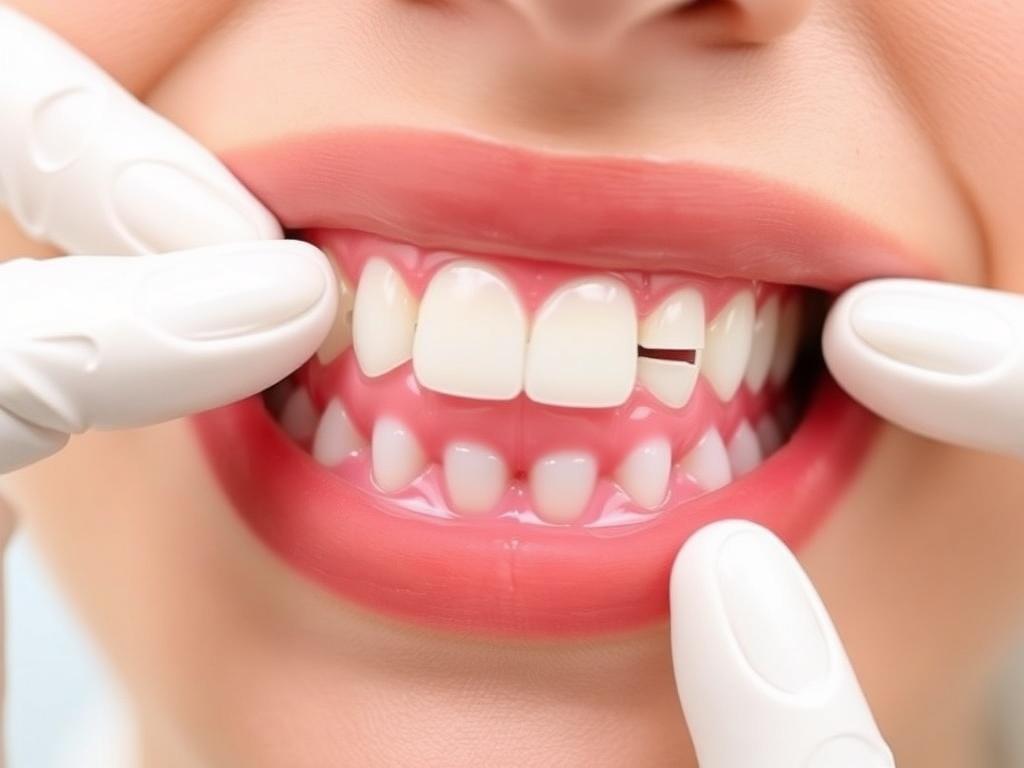
As parents and caregivers, maintaining your child’s oral health after premature tooth loss can feel challenging, but space maintainers provide a valuable tool to safeguard their dental future. By preventing teeth from shifting into vacant spaces, these appliances help ensure that permanent teeth erupt correctly, minimizing the risk of painful or costly orthodontic issues later on. Whether your child needs a fixed band and loop, a distal shoe, or a removable device, working closely with your pediatric dentist will help you choose the best option and navigate through the treatment smoothly. Remember, early intervention is the key to preserving your child’s perfect smile—and space maintainers are an essential piece of that puzzle.
Conclusion
Space maintainers for premature tooth loss represent a critical investment in your child’s oral health, combining simple design with significant impact. They effectively protect the delicate alignment of emerging adult teeth while supporting overall function such as speaking and chewing. With proper care, routine dental supervision, and parent-child cooperation, space maintainers help prevent future dental problems, reduce the need for complex orthodontic treatments, and nurture confident, happy smiles. If your child has lost a tooth prematurely, consulting with a pediatric dental professional about space maintainers is a proactive step toward protecting their dental journey for years to come.

